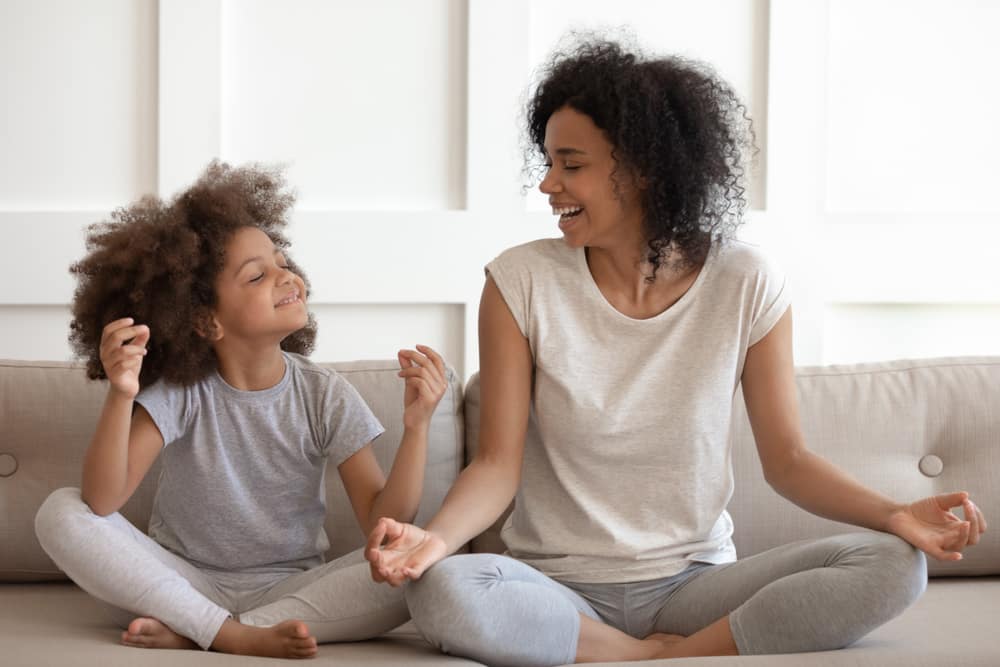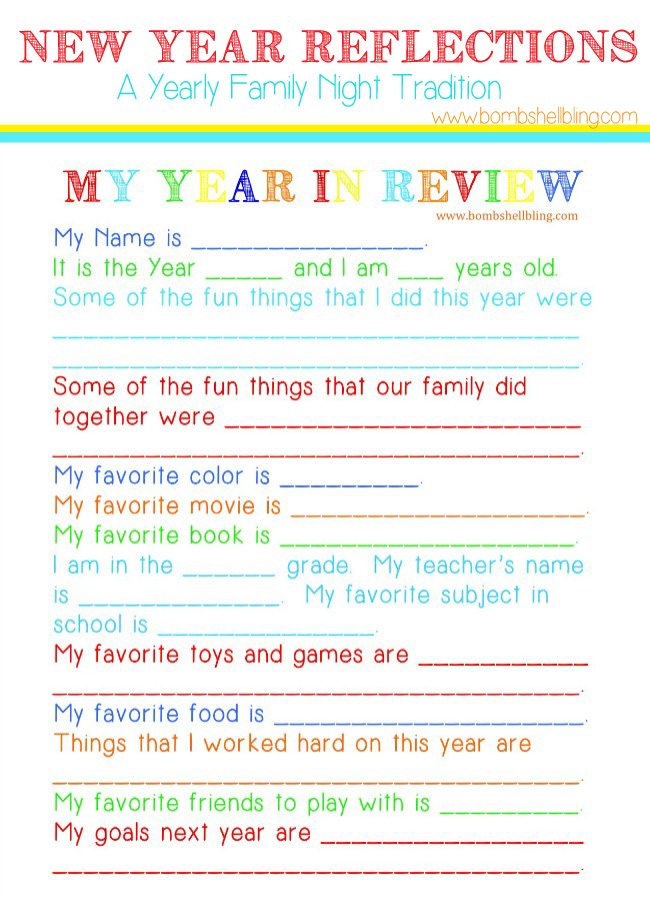
Mindfulness
Practicing mindfulness as a family can not only help with anxiety, but it can also help your children build an important life skill. Since attending to your mental health and that of your family is a priority during this time, December’s edition of Power Parent Magazine connected GRPS families with mindfulness and gratitude resources to help you cope with the stress of daily life.

Power Parent: December 2021 covers each of the following articles:
- Find a guide to help your family ease into mindfulness practices in GOOD TO KNOW: Getting Started with Mindfulness
- It’s important to be your child’s support system during this pandemic, but first you have to support yourself before you can support anyone else. Find more under SETTING GOALS: Season of Self-Care
- Under CHECK IT OUT: Holiday 5 Senses, you’ll find a great guided meditation that you and your family will enjoy all season long!
- What’s the relationship between mindfulness practices and your brain chemistry? Find out in NETWORKING FOR SUCCESS: The Mindful Brain
- In NAVIGATING ACHIEVEMENT: Musical Mindfulness, you’ll find a fun and family-friendly holiday-themed playlist that goes along with a guided meditation to help your family practice mindfulness
- A mindful family is a happy family. Find a fun guide to reflecting on the past year and preparing for the year to come under FAMILY CONVERSATIONS: 2021 Mindful Reflections
What is Mindfulness?
Mindfulness is the practice of paying attention to the present moment and accepting what you are sensing and feeling without interpretation or judgment. Mindfulness involves breathing methods, guided imagery, and other techniques to relax the body and mind and reduce stress.
Mindfulness has benefits for kids too. Mindfulness helps kids focus, reduce anxiety, and regulate their emotions. It has even been shown to reduce aggression, which improves social relationships.
This awesome infographic and the supporting explanation below it come from Chris Bergstrom of Blissful Kids. Are you a parent or caregiver who is excited about mindfulness, but don’t quite know how to explain it to your children in a way they can understand? These resources are here to help!
THE AMYGDALA – THE JUMPY SUPERHERO
The amygdala is like the brain’s super hero, protecting us from threats. It helps us to react quickly when there is danger. Sometimes it’s good to react—when there’s a real physical threat, like when you see a football coming your way. The amygdala simply decides that there’s not enough time to think about it and makes us react quickly: you move your head away from the path of the football. In this way, the amygdala can decide whether we get to think about the information our body gathers through our senses or not.
But there’s a problem. The amygdala can’t see a difference between real danger and something stressful. You could say it’s jumpy and that it makes mistakes.
When we’re angry, sad, or stressed the amygdala thinks there’s real imminent danger. We then simply react without thinking. We might say or do something we regret immediately. We might even start a fight or just freeze when we’re offended, or supposed to take test, or speak in front of the class. Fear and stress shuts down our thinking in this way.
THE PREFRONTAL CORTEX – THE SMART ONE
The part of our brain that helps us make good choices is called the prefrontal cortex, or PFC. You could call it the smart one, as it helps you make smart choices and decides what is stored in your memory.
To make good choices, the PFC needs to get the information our body gathers through the senses—sights, sounds, smells, and movements. The questions is: will the amygdala allow the PFC to analyse the information early enough?
Remember: the amygdala, the jumpy superhero, often times hinders the information from going to the prefrontal cortex and we make rash choices. This can happen when we’re angry, sad, negative, stressed, or anxious.
What we want to do is to help the jumpy superhero calm down. But how?
Here’s the trick.
When we’re calm, the amygdala is calm and sensory information flows to the prefrontal cortex and we can make better choices. Even our memory improves when we’re calm and happy. We’re able to remember better and make new, lasting memories.
So, how do we calm down so that the PFC, the smart one, has time to get and analyze all the information for us so that we make better choices?
MINDFULNESS PRACTICE TO THE RESCUE
Mindfulness helps us to calm down, and this, in turn, calms the amygdala so that it allows the information flow to the prefrontal cortex—that part of our brains that helps us make good choices. When we’re calm, we can more easily be mindful and make good choices.
Scientists have figured out that the prefrontal cortex is more activated following mindfulness training and our high-level functions like the intention to pay attention, emotional regulation, body regulation, our communication skills, empathy, and our ability to calm and self-soothe are more available to us.
Pretty cool, right?
The more we practice mindfulness the more we’ll experience calm moments, even if we weren’t trying to be mindful.
HOW TO DO IT?
When you feel overwhelmed, stop for a moment, take a few deep breaths and exhale slowly. Name the emotion you are experiencing.
Focus on your breath for five breaths. See where you can feel your breath most easily—your stomach, your chest, or your nose.
Control your breathing for a short while. Do deep belly breathing for five breaths. Put your hands on your belly and feel how it expands as you breathe in.
Multiple short mindful moments per day trains your brain to become more mindful even when you don’t try to be mindful. In other words, the more you train, the easier it will be to be mindful and self-soothe when you’re actually in a stressful situation.
Create a Family Self-Care Plan
Self-care is for everyone. Simply put, self-care is the practice of taking actions to improve health… both physically and emotionally. Kids and adults need time to refresh, recharge and unwind from work, school, and current events. While it’s important to focus on self-care individually, it is also important to prioritize as a family to support healthy communication and a better understanding for how to support our loved ones.
Think low budget or free. This is about filling hearts with joy, not emptying your bank account. Take this quiz to find out what sort of self-care works for you. For some more examples, check out this great list of holiday-themed self-care ideas:

There are numerous benefits to practicing mindfulness and gratitude, all of which alleviate the stress and anxiety of current life. Mindfulness can help stop the constant chatter in the mind, allowing people to take time to recognize and cope with their emotions. This may be especially helpful during the COVID-19 pandemic, say Yale experts.
Musical Mindfulness
Looking for a way to have FUN with your child while teaching them mindfulness and exploring world cultures and traditions? This family-friendly activity is a fun way to experience holiday music, mindfulness, and geography with your family at home. The goal is to help your family learn mindful listening skills while enjoying holiday music from around the world. The idea is to teach kids to focus on sounds and to notice a range of detail.
Follow this link to listen to the list of family-friendly holiday songs from around the world. Before each song, tell your family a bit about its origins, then ask them to pay attention to the mindful moment listed with the song.
End-of-Year Reflection:
A New Family Tradition!
Your children will LOVE the opportunity to pause and consider idea of a new year, a fresh start, a celebration of life. Why not celebrate the new year with a new tradition around connecting with your family about the meaning of life?


